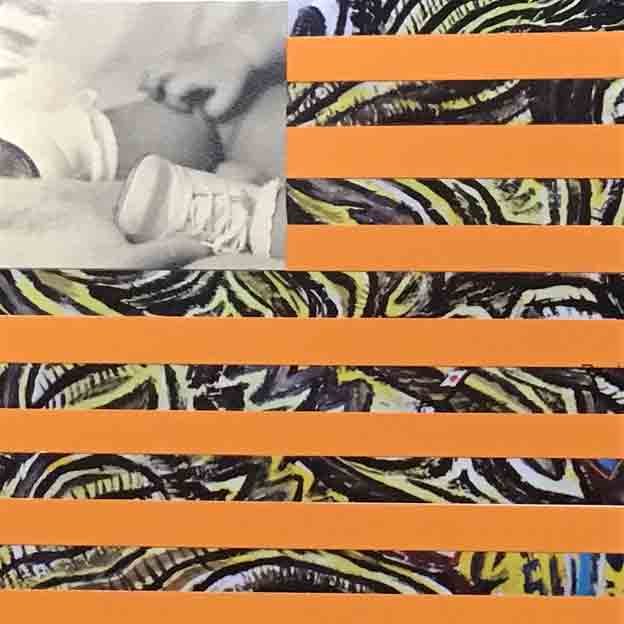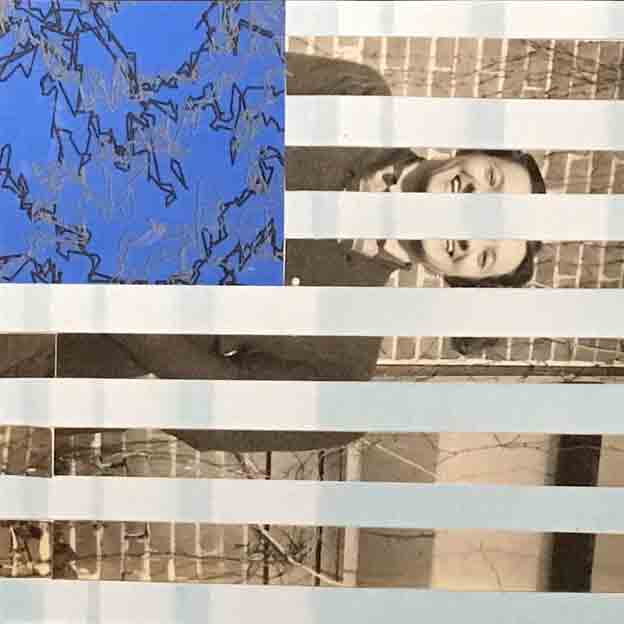
They’re symbiotic, the Buffoon’s dupelicity and the Dupe’s buffoonaticism: Making a spectacle of oneself couldn’t cause harm, couldn’t matter at all, couldn’t be a part of the mechanism, in the absence of spectacle-susceptibles. It’s the perverse verso of Whitman’s “To have great poets, there must be great audiences, too”: to have a Buffoon, there must be a Dupe. To have spectacular decadence, there must be spectacular decadents. The Buffoon dupes others with, but is also duped by, his own dupelicity. The Dupe is duped by, and duped into, buffoonaticism. The Dupe’s buffoonaticism sustains the Buffoon in his dupelicity, and the Buffoon’s dupelicity sustains the Dupe in their buffoonaticism.

Buffoonery is truth, truth buffoonery. That is all the Dupe knows on Earth: The Buffoon does not prevent, but does divert, the Dupe from attending to truth. In this way, the Buffoon differs in means, but resembles in end, the tyrant. As per Iris Murdoch: “One language can be more potentially truth-bearing, more precise, more beautiful, richer in concepts than another. Tyrants,” she insists, “destroy language, diminish vocabulary. A language is enlarged, improved (value judgment), by truthful utterance. People suffer and are damaged if prevented from uttering the truth.” Or, as told slant in Auden’s tiny poem “Epitaph on a Tyrant,” “the poetry he invented was easy to understand.” Buffoon and tyrant can be pulled apart (tyranny violates, buffoonery invites violation), but only as morning star and evening star can be pulled apart.
.
© Harvey Hix 2020
Download The Buffoon as a free PDF at https://www.hlhix.com/
